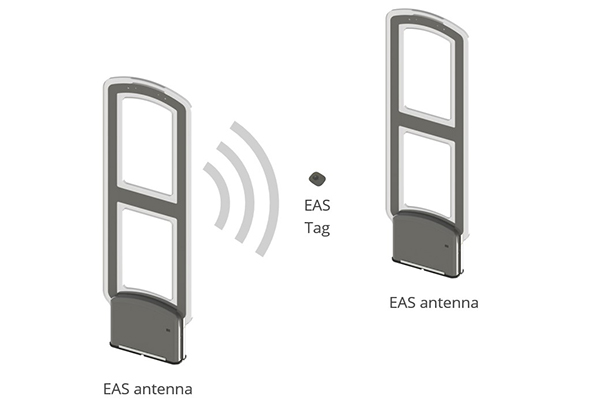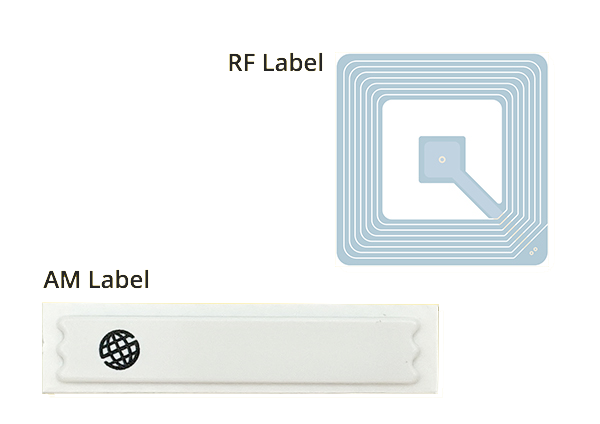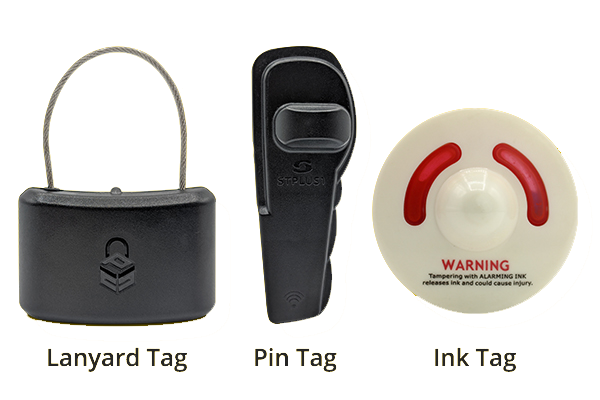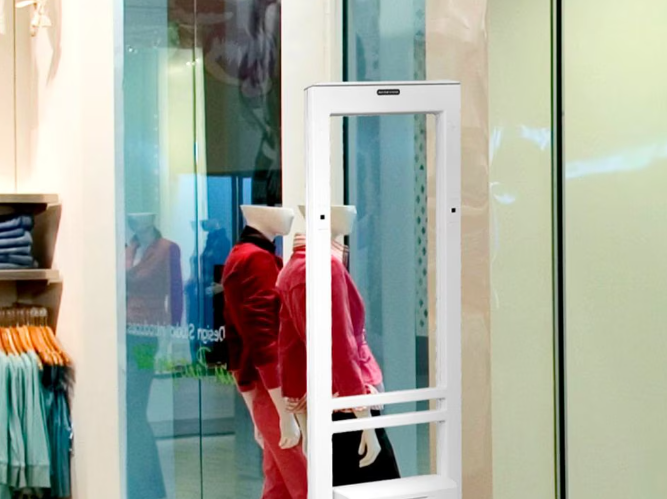One Technology, Many Uses
There is a great variety of electronic article surveillance systems, tags and labels. For example, while the pedestal-style EAS systems are most common, there are also ones that are hidden in the floor by the store entrance, or installed on the ceiling, or even in the door frame itself.
EAS tags come in even more form factors – there are simple pin tags and lanyard tags used on apparel, handbags and accessories, but then there are many specialized types like the ones for golf clubs, liquor bottles, eyewear, boxed merchandise, shoes, waterproof items, etc.
As technology continues to evolve, new form factors continue to appear, and existing ones continue to get improved. EAS systems can now also count the people entering and exiting the store, giving the retailers an insight into traffic patterns at various locations. Some can be remotely accessed for diagnostics and tuning purposes, reducing the need to send service people to the physical location.
And tags evolve too, in order to deal with new strategies that shoplifters develop. Over time EAS tags have become more tamper-resistant, easier to detect, and some have even developed an ability to surprise shoplifters, like the ones with hidden ink that spills and ruins the garment if forcibly removed.
Electronic article surveillance is not new technology any more. But with constant improvements over many years it has proven itself as a reliable and resilient tool in the retailers’ arsenal for controlling theft. With never-ending innovation, one can be sure that EAS will continue to play an important role in the world of loss prevention for many years to come.













